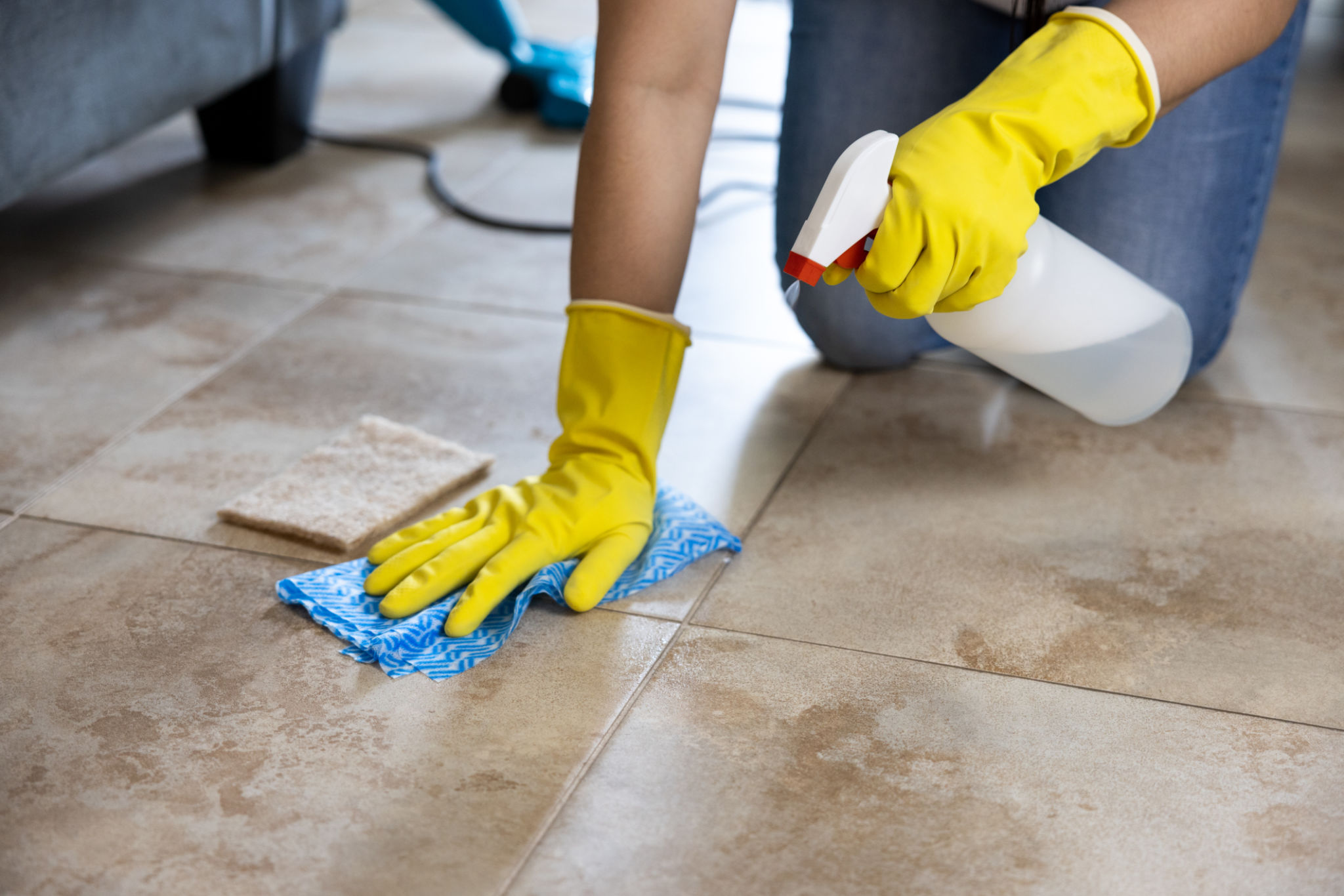Eco-Friendly Cleaning Myths: Debunking Common Misconceptions
Understanding Eco-Friendly Cleaning
As more people become environmentally conscious, eco-friendly cleaning products have surged in popularity. However, along with this trend comes a slew of myths and misconceptions that can lead to confusion. In this post, we aim to debunk some of the most common misunderstandings about eco-friendly cleaning, helping you make informed choices for your home.

Myth 1: Eco-Friendly Means Less Effective
One of the most pervasive myths about eco-friendly cleaning products is that they are less effective than their chemical-laden counterparts. This couldn't be further from the truth. Many natural ingredients like vinegar, baking soda, and lemon juice have powerful cleaning properties. Additionally, many eco-friendly brands invest in research and development to ensure their products perform as well as, if not better than, traditional cleaners.
Myth 2: All Natural Products Are Eco-Friendly
Another common misconception is that if a product is labeled as "natural," it must be eco-friendly. Unfortunately, this is not always the case. The term "natural" is not regulated in the cleaning industry, meaning that products labeled as such can still contain harmful ingredients. It's important to look for certifications from trusted environmental organizations to ensure you're choosing genuinely eco-friendly products.

Debunking Misconceptions About Ingredients
Myth 3: Green Products Are Always Safe for Your Health
While eco-friendly products are generally safer for the environment, it's a myth that they pose no health risks. Some natural ingredients can cause allergic reactions or irritations in sensitive individuals. Always read labels carefully and test new products in small areas to ensure they're safe for you and your family.
Myth 4: You Need a Different Product for Every Cleaning Task
The idea that you need a separate cleaner for each area of your home is not only a myth but also an unsustainable approach. Many eco-friendly cleaning products are multifunctional and can be used on various surfaces. This not only reduces clutter but also minimizes waste and packaging.

Practical Tips for Choosing Eco-Friendly Products
Looking Beyond Labels
When selecting eco-friendly cleaning products, it's crucial to look beyond marketing labels. Check for certifications like EcoLogo or Green Seal, which indicate that products meet specific environmental standards. Additionally, be wary of greenwashing, where companies falsely advertise their products as environmentally friendly without substantiated claims.
Making Your Own Cleaners
If you're concerned about the ingredients in store-bought cleaners, consider making your own. Simple household items like vinegar and baking soda can be combined to create effective and safe cleaning solutions. Not only is this approach cost-effective, but it also gives you control over what goes into your cleaning products.
By debunking these common myths about eco-friendly cleaning, we hope you feel more confident in making environmentally-friendly choices for your home. Remember, small changes can make a big difference in reducing your environmental impact.
